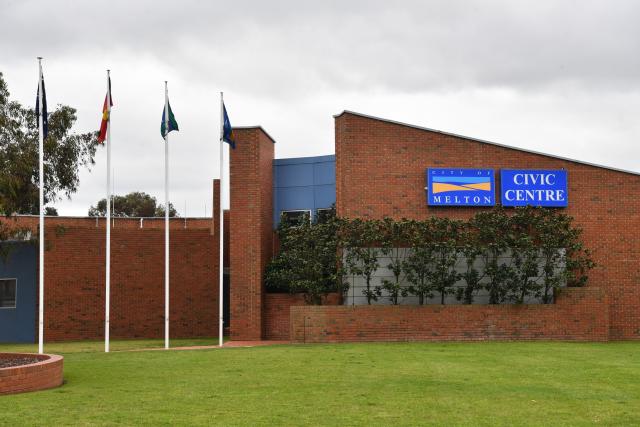Melton council has launched a new interactive prospectus on the area’s transport future, named Moving Melton.
The prospectus is delivered as a website that provides a new communications approach to council’s advocacy for infrastructure projects.
Moving Melton provides users a way to clearly understand council’s vision for future transport infrastructure and provides an evidence base in order to secure investment.
An interactive map shows suggested infrastructure projects, and clicking on them takes users to a page that denotes the safety and congestion issues with the location, the suggested solution, and the economic benefits of that solution.
Council says Moving Melton has been designed to help the Victorian State government, local members, advocates and the Council better plan transport projects in Melbourne’s north west.
It covers all transport projects including major arterial roads, rail, bus and active transport.
At the heart of the prospectus is new traffic modeling designed by the City of Melton, that uses the most up-to-date and accurate data to project traffic congestion to 2041.
This is then applied to the development of cost benefit analysis across all projects to highlight the economic, environmental and wellbeing outcomes.
The prospectus includes illustrations, 3D rendering and the independently assessed cost-benefit ratios for each of the projects including the projected outcomes of the bus network reconfiguration.
Council has also undertaken the modeling of investing in the rail electrification of the Melton line. It is demonstrated that without investment trains will be at a crush level by 7.30am without access beyond Melton Station going into the CBD.
Mayor Goran Kesic said that Moving Melton provides a clear and fully costed case for upgrading transport in Melton.
“Our residents are facing long commutes, high transport costs, less time spent with families and driving on roads that are in urgent need of being upgraded,” he said.
“If nothing is done soon, the disadvantage gap between residents in the west and those in the inner city will continue to grow with limited access to good jobs, transport and education.”







